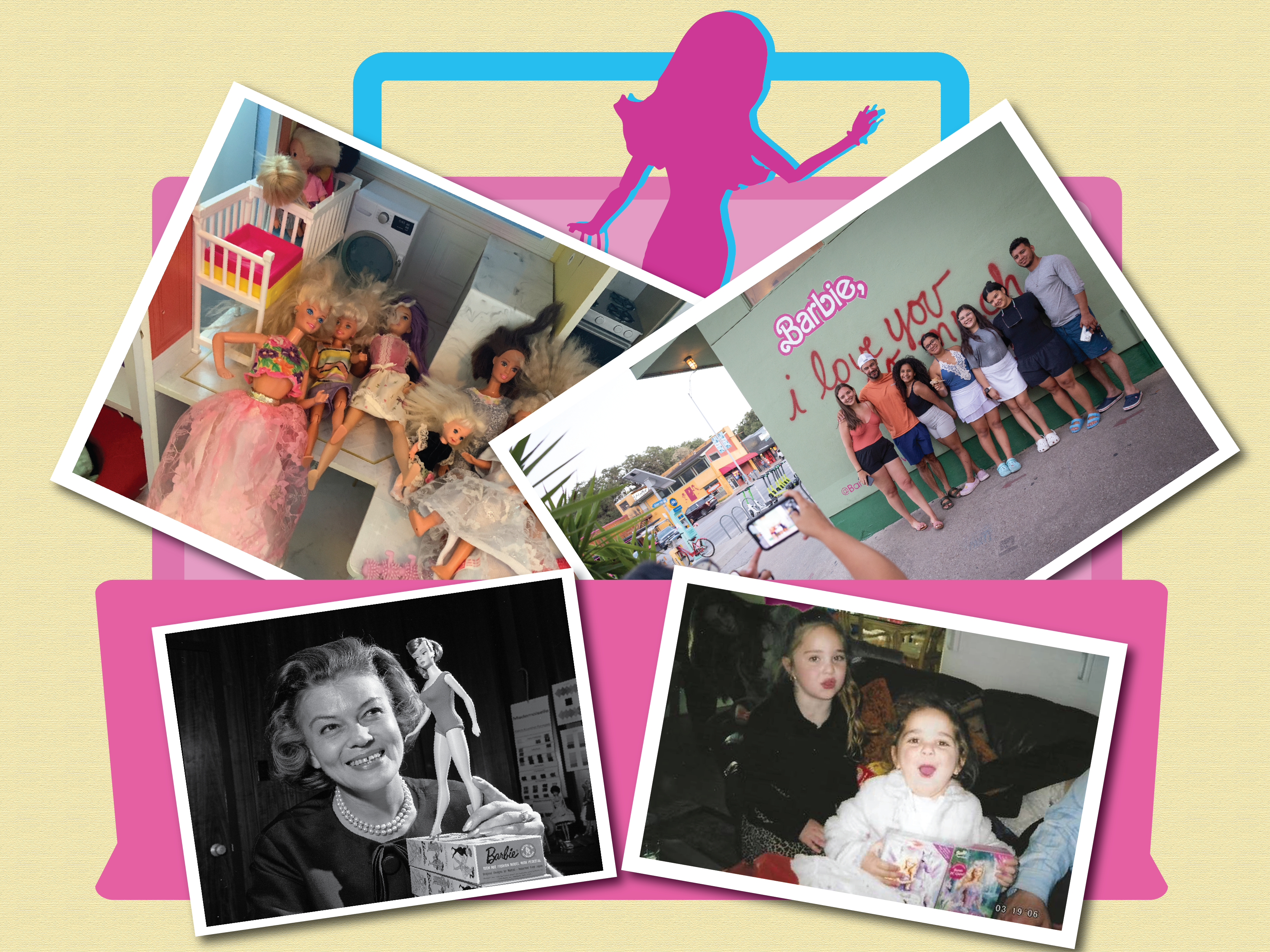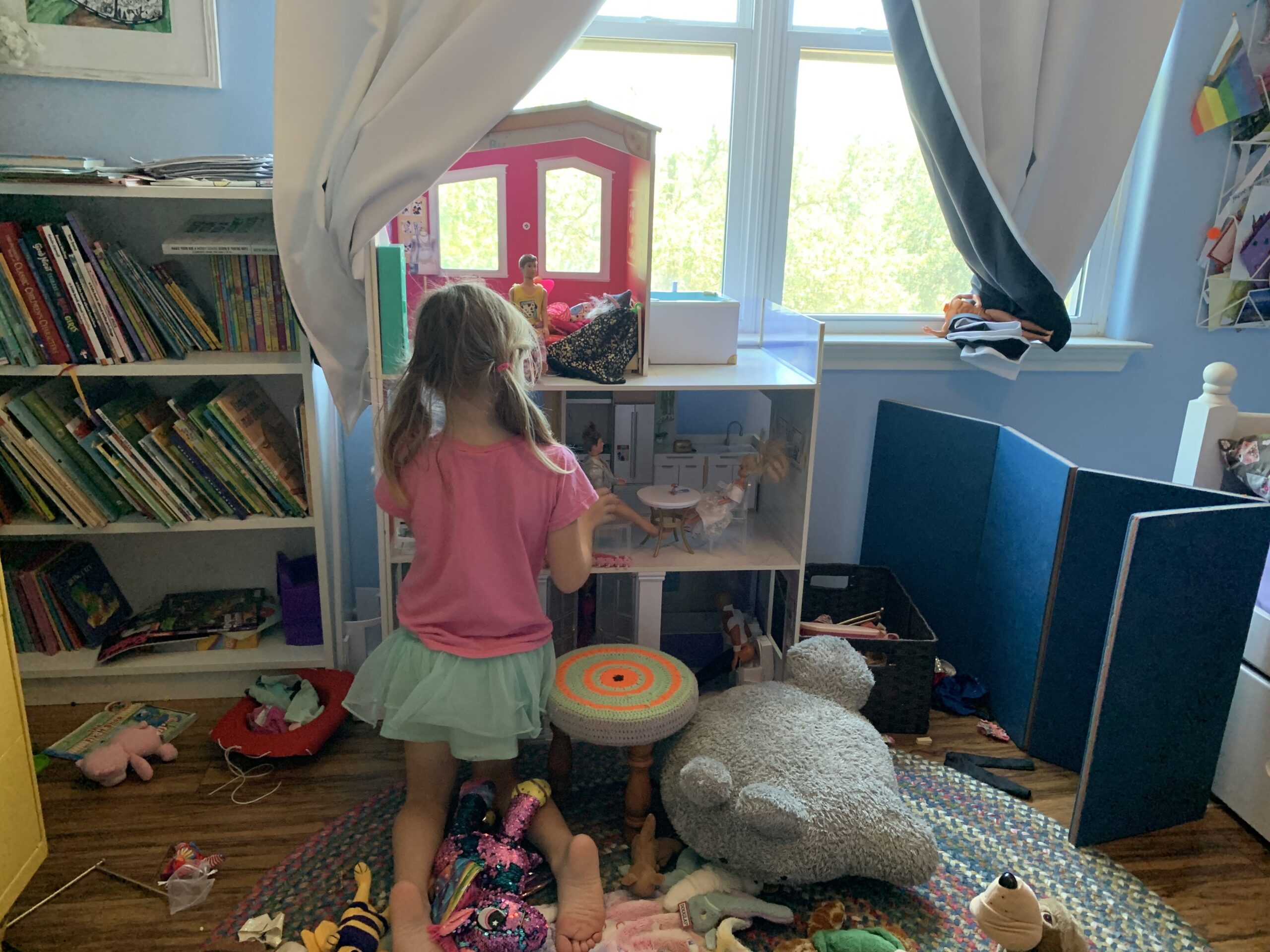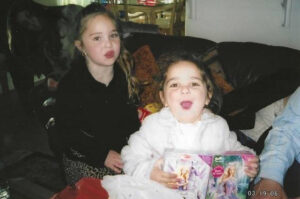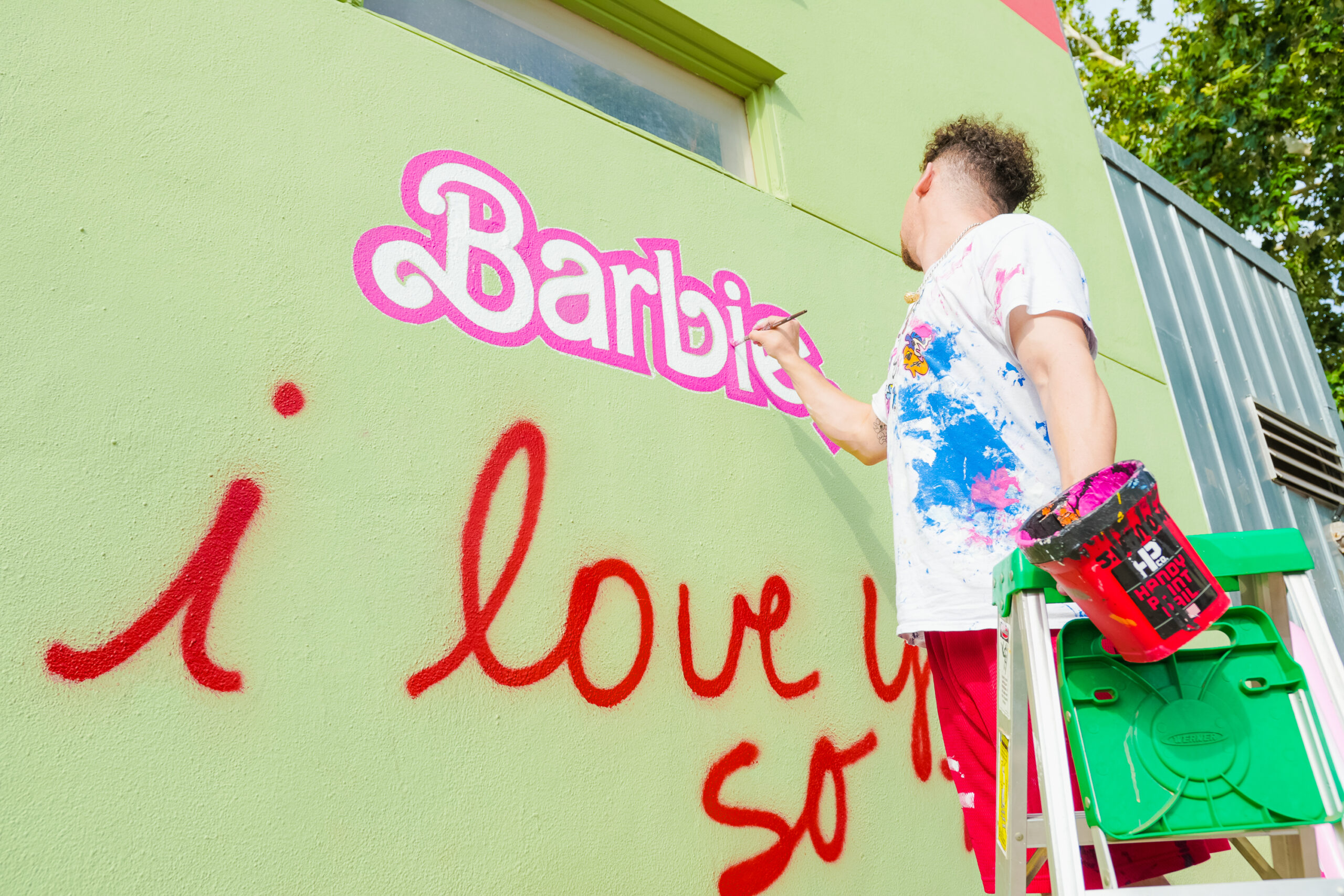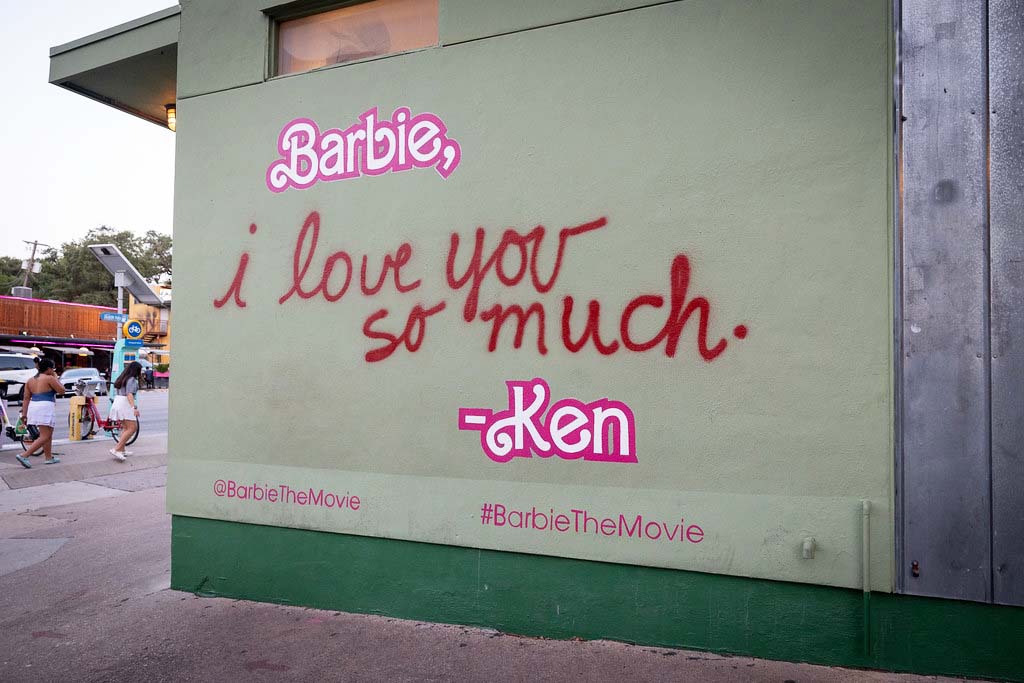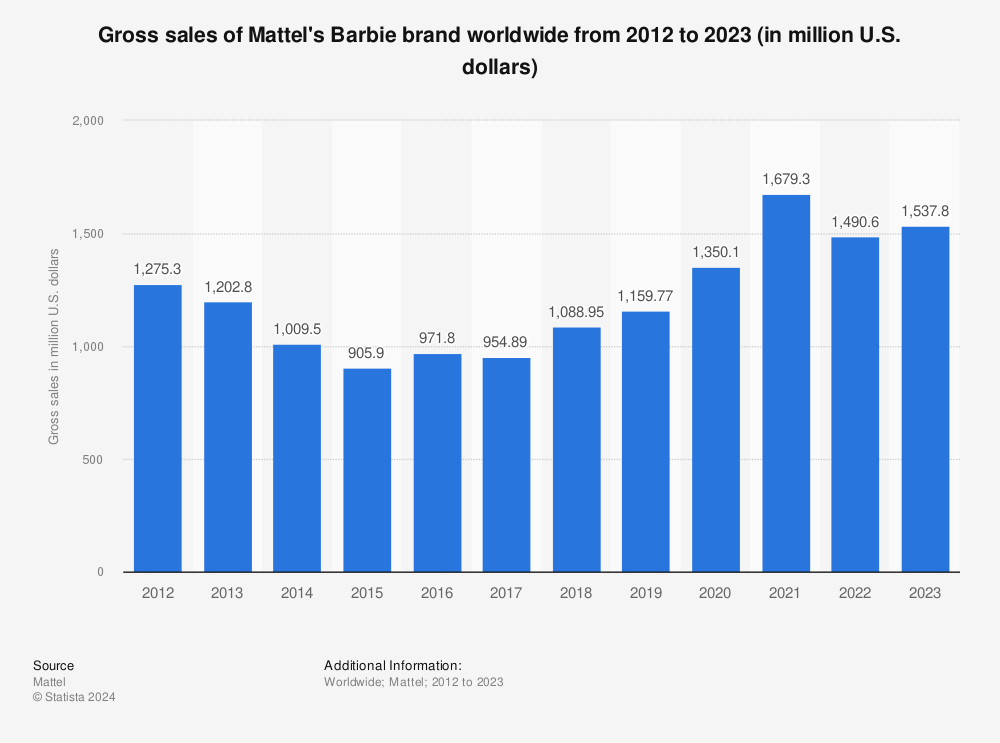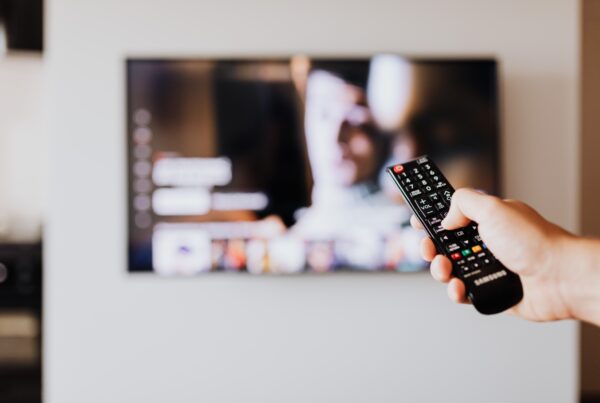If you grew up in the last six decades, chances are you encountered a Barbie doll as a child.
Barbie is ubiquitous in toy stores around the world, and she has undergone quite the evolution since parent company Mattel launched her in 1959. Part of that evolution includes what many are calling the movie of the summer, directed by Greta Gerwig and geared toward adults; it premieres in theaters Friday.


